“Marconi Point Condominiums is an Agricultural Condominium Property Regime (‘CPR’) in a prime oceanfront location … east of Turtle Bay Resort next to Arnold Palmer Golf Course. All units in the CPR have private access to the sandy beach in front. Private road with security gate. The property has all utilities in place: electricity, water, cable, roadways, etc. This unit is entitled to one farm dwelling.”
That was a sales pitch for unit 1 of the 26-unit, 95.6-acre CPR located at the end of a long dirt road off Kamehameha Highway. Unit 1, spanning 4.7 acres, is one of six long, narrow lots along the beach that are split-zoned agriculture/preservation. In July 2021, it sold for $3.6 million to Yue-Sai Kan, an international television host.
Kan’s unit is one of only five within the larger property that are allowed to have a farm dwelling. But her building permit application for a residence near the shore, filed in February, has gone nowhere.
The problem, or one of them, at least, is this: In December of 2021, the Honolulu Department of Planning and Permitting issued a notice of violation to Kan for constructing concrete posts without a building permit. The notice included a stop-work order, but Kan continued building, eventually erecting a 1,000-square foot house-like structure with floor-to-ceiling ocean-facing windows, raised high off the ground.
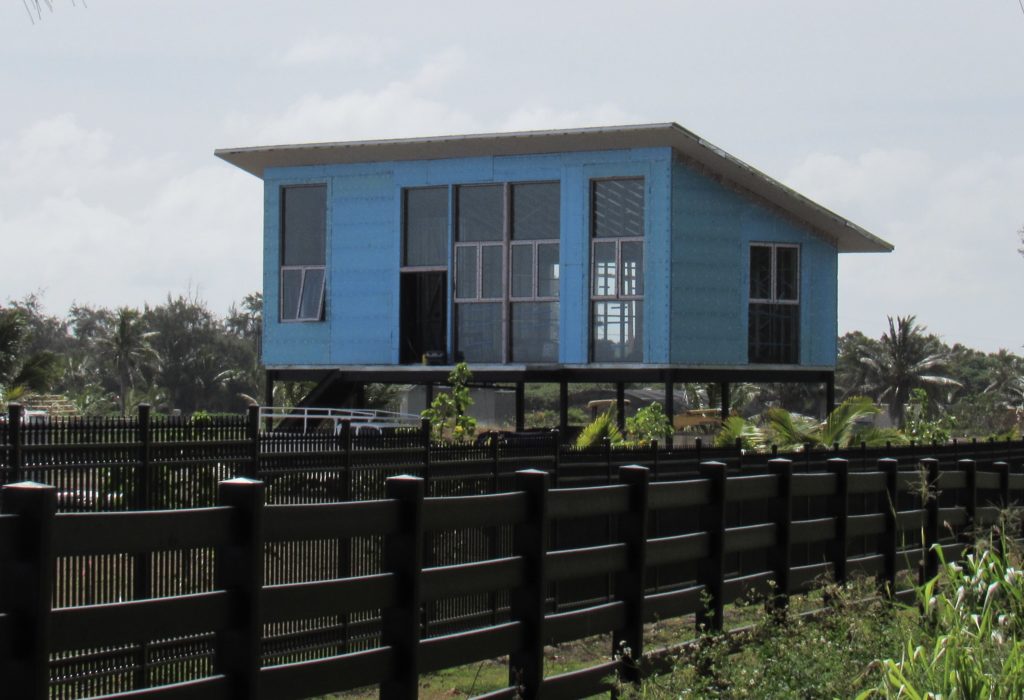
Months later, Kan submitted a “Declaration of Compliance with Hawaiʻi Revised Statutes Section 46-88,” which exempts agricultural structures up to 1,000 square feet in size from building permit and building code requirements. Her declaration identified the structure as a barn and “storage/operation room.”
Because the structure lies within the county’s Special Management Area, it “needs SMA approval,” said DPP inspector Emilie Marabulas, who issued the NOV.
According to Kan’s consultant, Mark Howland of WHALE Environmental Services, the state Office of Conservation and Coastal Lands has taken the position that Kan needs to obtain the agreement of 85 percent of the CPR unit owners if she wants to keep the structure. Environment Hawaiʻi was not able confirm by press time if that is, indeed, OCCL’s position.
The idea that CPR owners have a shared liablility for activities that occur within the larger parcel is not completely unprecedented. In March, the DLNR’s Engineering Division proposed fines up to $65,000 against all of the CPR owners of units surrounding the Waiakalua Reservoir in North Kauaʻi for failing to make required safety improvements.
At one point, according to Howland, the land use and building permit sections of the DPP disagreed over whether an SMA permit is required.
“One part of DPP is saying it’s an ag lot, it doesn’t require an SMA. Another one is saying it does require an SMA. We’re environmental consultants, not lawyers. … It’s very confusing,” he said.
It seems, however, that the DPP has decided that an SMA permit is required for both the existing structure as well as Kan’s proposed farm dwelling.
According to the DPP’s Ann Arizumi, her office imposed $1,400 in fines last month for the concrete post construction and for failure to heed the stop-work order. Because Kan’s exemption declaration has not yet been approved, the “barn” structure is considered a violation, Arizumi explained.
Because the structure is in the SMA, it would seem to also violate ordinances regarding unauthorized work in the area. Violators are subject to fines of up to $10,000 per violation, plus $500 for each day the violation persists.
The DPP has not issued a notice of violation of SMA rules, however. “Maybe Lester [Hirano] was going to go out and issue a NOV for the SMA, but never got to it,” Arizumi said. Hirano was a planner with the DPP who had inspected the property, but very recently retired.
Marabulas noted that Kan has submitted a subdivision survey for her lot. Carving her lot out of the CPR through subdivision would obviate any need to obtain consent from the other unit holders.
Because of the “legal quagmire,” Howland said he’s told Kan that the building permit for her home is on hold until “we know what we have to do.”
He said if it’s determined that an environmental assessment is required, he will do one.
With regard to environmental impacts, construction on Kan’s property has already affected the regional wildlife to some degree.
Marconi Point is adjacent to an ecological restoration project at Kahuku Point that is improving habitat for wedge-tailed shearwaters, red-footed boobies, Laysan albatrosss, and great frigatebirds. In December, as the structure was being built, a Laysan albatross laid an egg nearby. To protect the bird as it nested, Kan had a shelter made of wood and black shade cloth built around it.
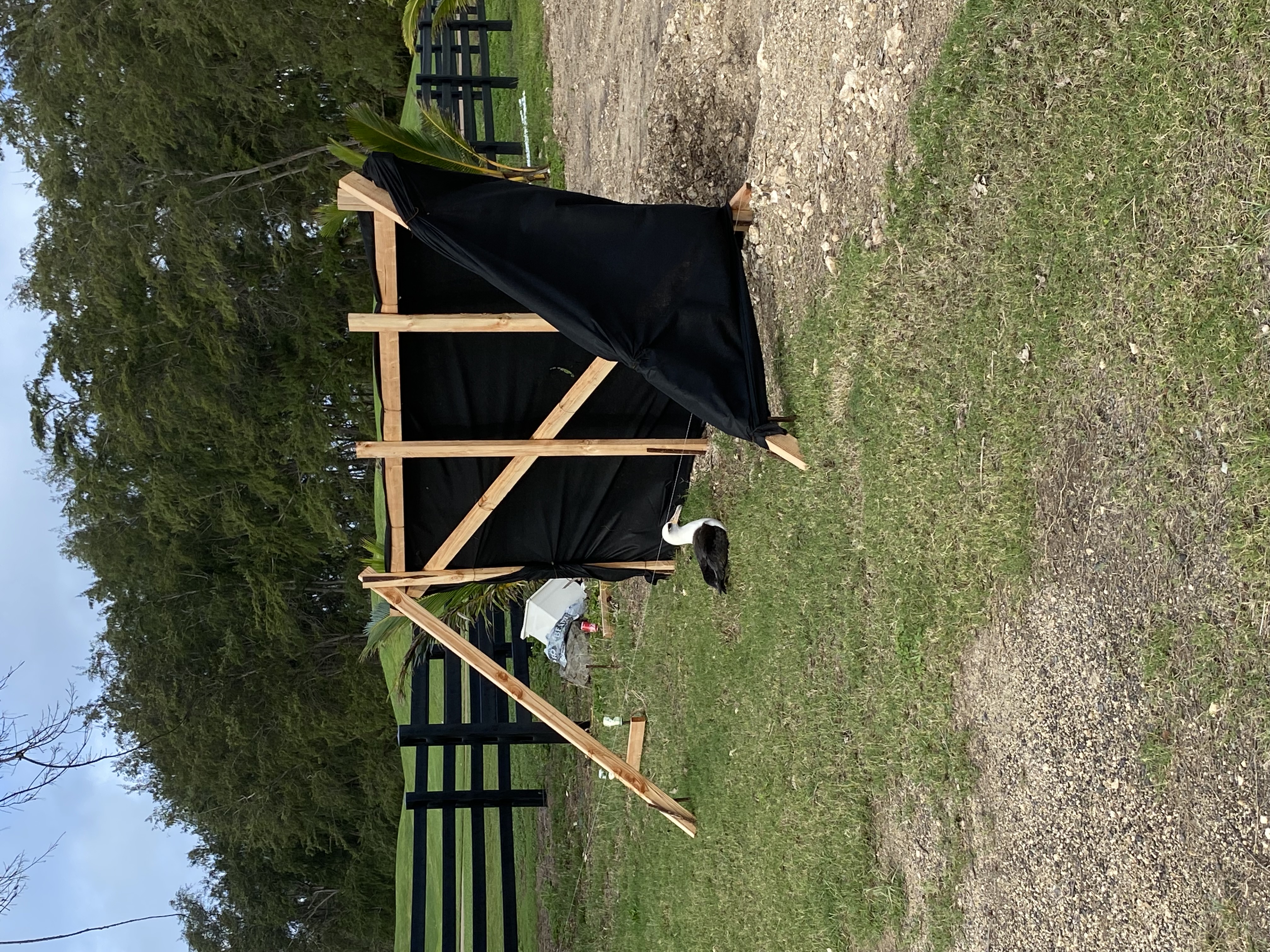
CREDIT: YUE-SAI KAN
In an email to Kan, Sheldon Plentovich, Pacific Islands coastal program manager with the U.S. Fish and Wildlife Service, thanked her for trying to protect the animal, but advised her that people should stay more than 30 feet away from Laysan albatross adults and their nests.
In addition to the albatrosses, Plentovich noted that Hawaiian green sea turtles also nest on Kan’s property between May and November and endangered Hawaiian yellow-faced bees also inhabit the coastal vegetation there.
“When they [turtle hatchlings] come to the surface, artificial lights (like flood lights, street lights and even indoor lights when curtains are open) disorient them and cause them to walk inland and die of exhaustion. We know you care about these species and will keep the beach dark as you build. … These bees are important pollinators and vital to the survival of many native plant species. Both the Hawaiian green sea turtles and Hawaiian yellow-faced bees are protected under the Endangered Species Act,” Plentovich wrote.
She recommended that in addition to giving the albatrosses space, Kan should “clear plastic and fishing debris from the shoreline (to protect turtle hatchlings), turn off unnecessary lights and make sure necessary lights are shielded and use amber bulbs, especially during the sea turtle hatching season starting in July, and protect the remaining patches of natural coastal habitat to help the bees.”
At a May meeting of the Koʻolau Loa Neighborhood Board, Howland reported, “Whatever mitigations the Fish and Wildlife service wants, we will employ.”
Exemptions
Kan’s alleged barn is not the only construction at Marconi Point that has generated concern among community members.
Buildings that look like houses — complete with windows and porches — have been built without permits in an area of the CPR where no dwellings are allowed.
Prompted by a September 2021 inquiry from state Sen. Gil Riviere, the DPP issued three notices of violation that month to the owners of units 12, 13, and 15, threatening “triple penalties” for the unpermitted house-like structures.
Those owners included an executive vice president of the Honolulu office of the real estate firm Coldwell Banker Richard Ellis (CBRE). They also included a company managed by a Bank of Hawaiʻi board member, the president of PBR Hawaii and Associates, and a financial advisor for Lpl Financial LLC.
Riviere contended that an amended declaration for the Marconi Point CPR limited the number of dwellings allowed in the entire CPR to five. “What is most concerning are the four houses already built on units 12, 13, 14, and 15. I don’t see any permits for those buildings,” he wrote.
In her October 22, 2021, reply, Dawn Takeuchi Apuna, the deputy director for the city’s Department of Planning and Permitting (and now the acting director), informed Riviere of the notices of violation that had been issued. She added that unit 14 did have an active building permit for a new agricultural dwelling converted from a single-family dwelling. In addition, lots 9 and 11 also had active building permits for farm dwelling structures, and Lot 10 had a building permit application in progress, she wrote. (This, despite the apparent prohibition on farm dwellings on units 11-15.)
A few months after those notices of violation were issued, the department closed all of the cases after each owner submitted declarations of compliance with HRS 46-88.
The two-story building on unit 12 was declared to be a “wood frame elevated agricultural accessory structure.” The structures on unit 13 were a barn and tool shed. The two-story and one-story buildings on unit 15 were “woodframe ag barn and storage.”
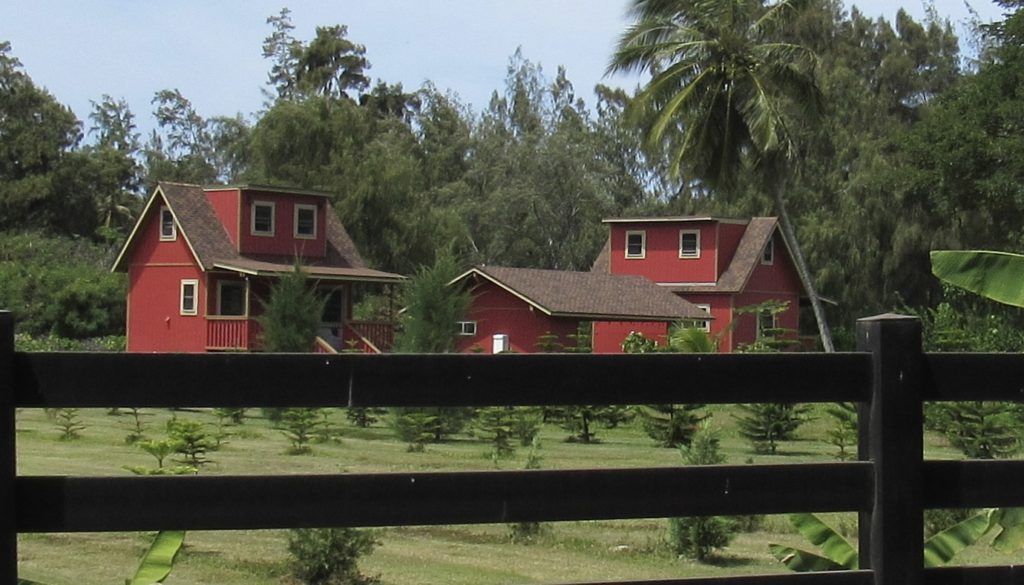
Despite the fact that the DPP no longer considered the structures on these properties to be in violation of any laws, members of the community who spoke at the May Koʻolau Loa Neighborhood Board meeting were not assuaged.
Angela Huntemer, who lives at the nearby Turtle Bay Resort, complained that a fence that extends to the beach, built by the CPR developers, was also in the SMA.
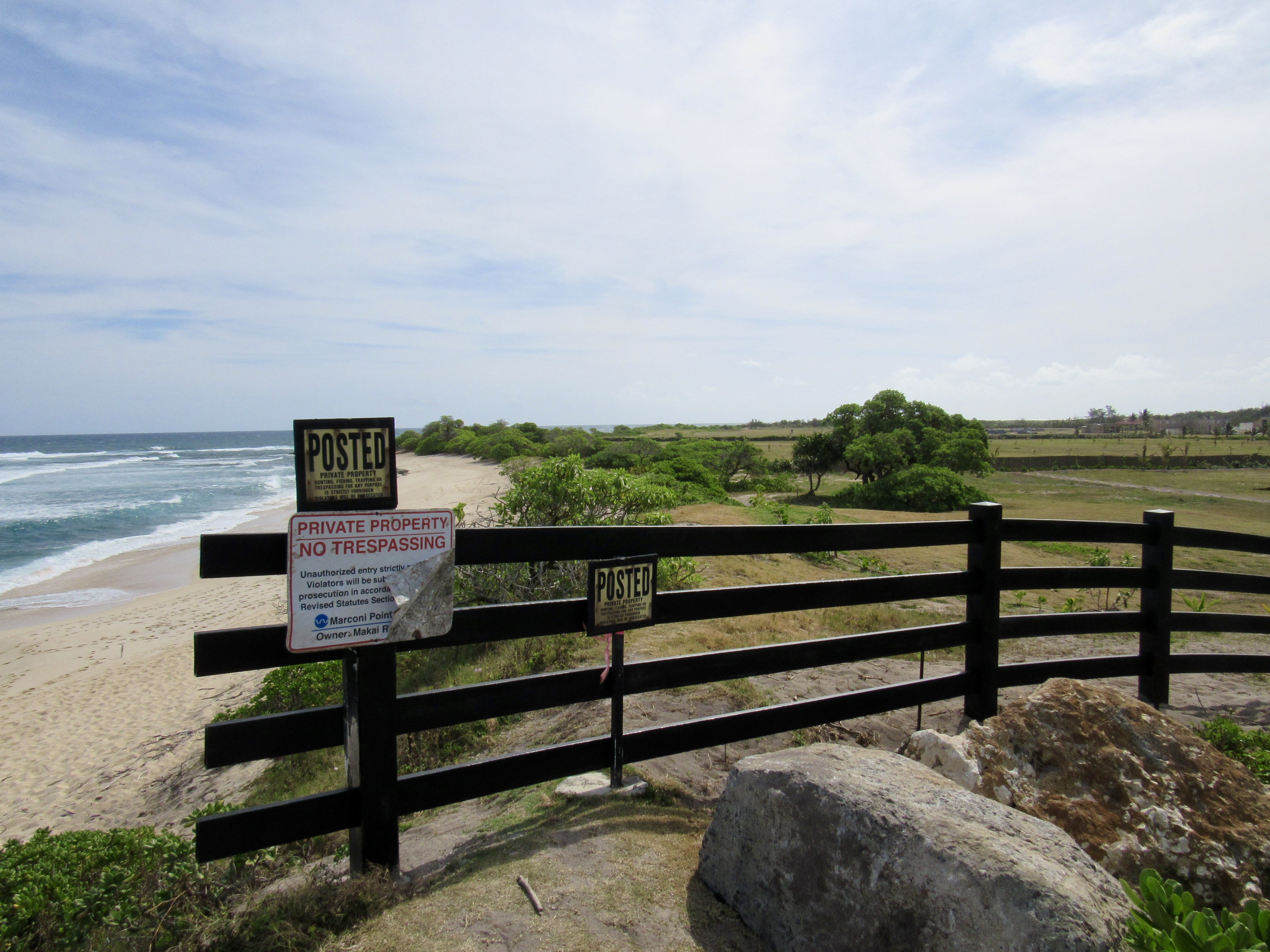
“I believe it’s a no-go zone without an SMA permit. … It’s not supposed to be there. There’s a reason it wasn’t fenced before,” she said.
Another testifier argued that the exempt “farm structures,” are not what they are purported to be. “They are actual homes. … Part of the problem we run into out here [is] everybody is just doing their own thing,” she said.
A December 2020 report by the state Office of Planning flagged the exemption for farm dwellings as a potential problem in agricultural CPRs.
“To facilitate agricultural activities, agricultural buildings and structures such as barns, storage sheds, and greenhouses of no more than 1,000 square feet are also exempt from building permit and building code requirements per HRS 46-88. This has made it more difficult for the counties to pursue enforcement actions for any such structures that are subsequently used for residential purposes,” the report states.
That report, which explored the practice of agricultural landowners on Oʻahu pursuing CPRs in lieu of developing county-approved subdivisions, prompted the Legislature to pass House Bill 247 (Act 77) in 2021. Riviere was a co-sponsor of a companion bill in the Senate.
For CPRs proposing more than five units, Act 77 requires a county review to assess infrastructure adequacy, as well as impacts on government and sensitive environmental resources. While that would not stop unit owners from taking advantage of HRS 46-88, it might help prevent construction in ecologically sensitive areas.
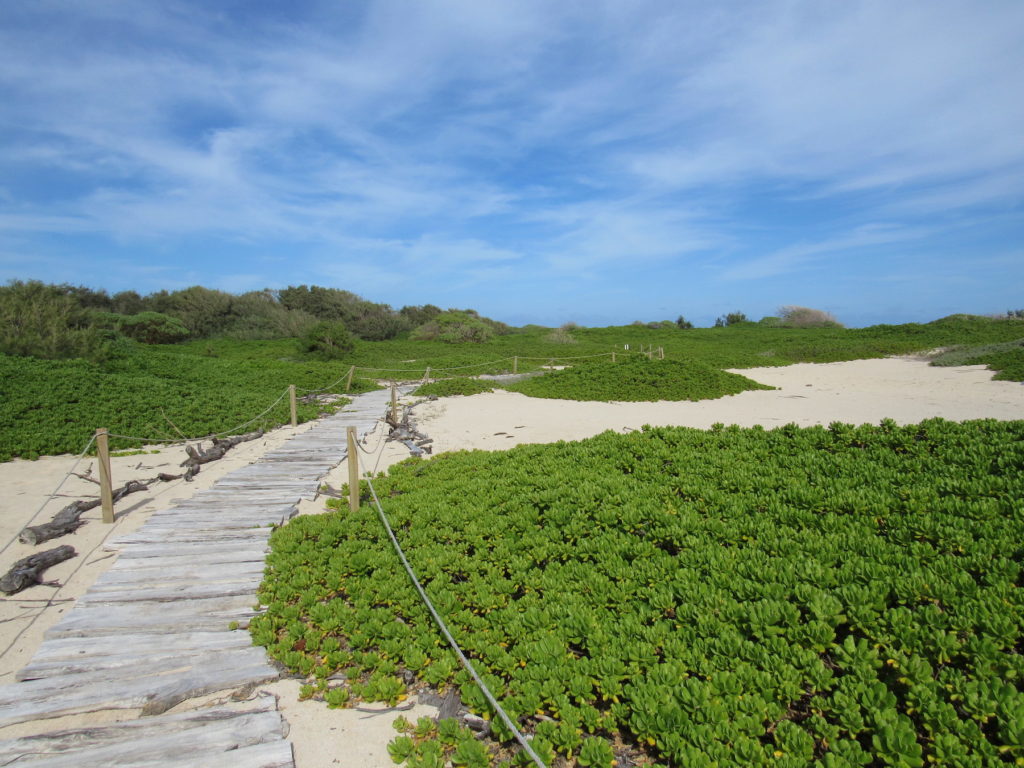
— Teresa Dawson
(This spelling of Yue-Sai Kan’s name in this article was corrected. It is not Yui-Sai Kan, as we had originally had it.)

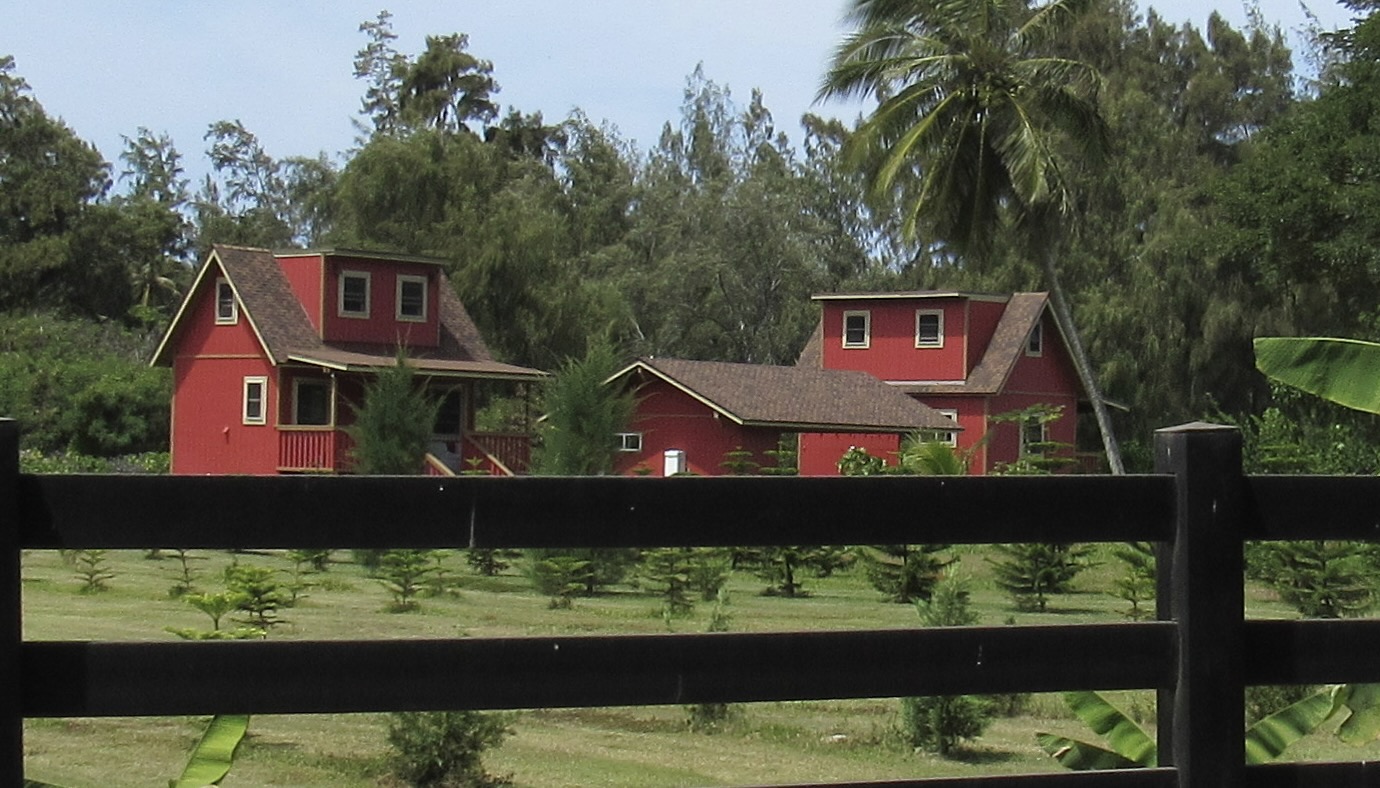
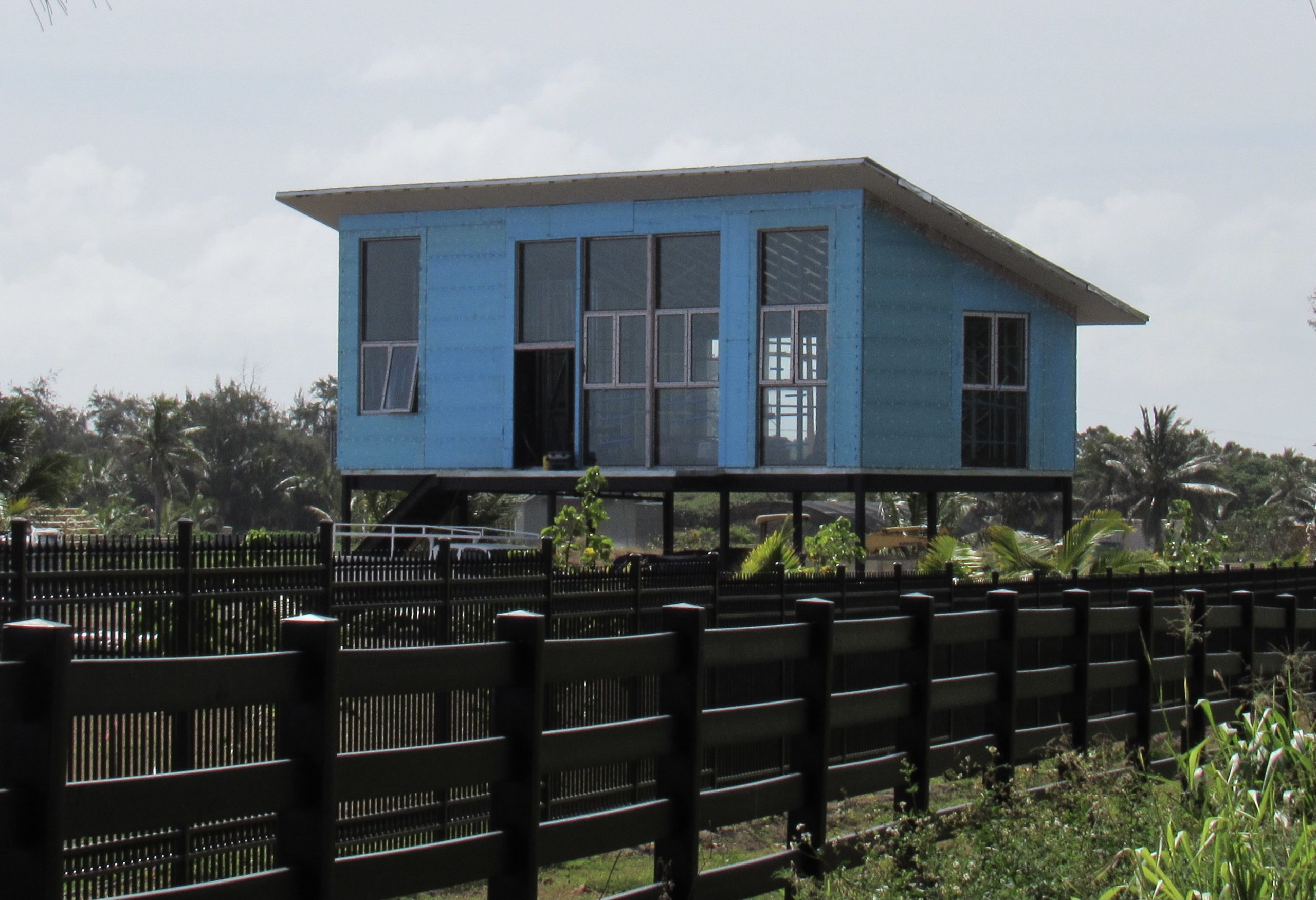
D prictor
well written factually & resources, citations applicable provided. Thank you for providing the public this information. These owners are literally playing the system, like it’s a game. WITHOUT ENFORCEMENT, we & the environment we hold dear are all at obvious peril. Please encourage enforcement & don’t allow lack of enforcement to go unreported. NO ONE is above the law & intent of the laws. They are playing games because they can with enough well connected consultants, which also gives them a buffer “oh we didn’t know that”. Ensure planning commission does their job & enforces rules, including forced removal/destruction of fencing, cement supports not permitted. Dont let it become a thumb your nose at the rules & “oh well it’s already built” without teardown/removal immediately.